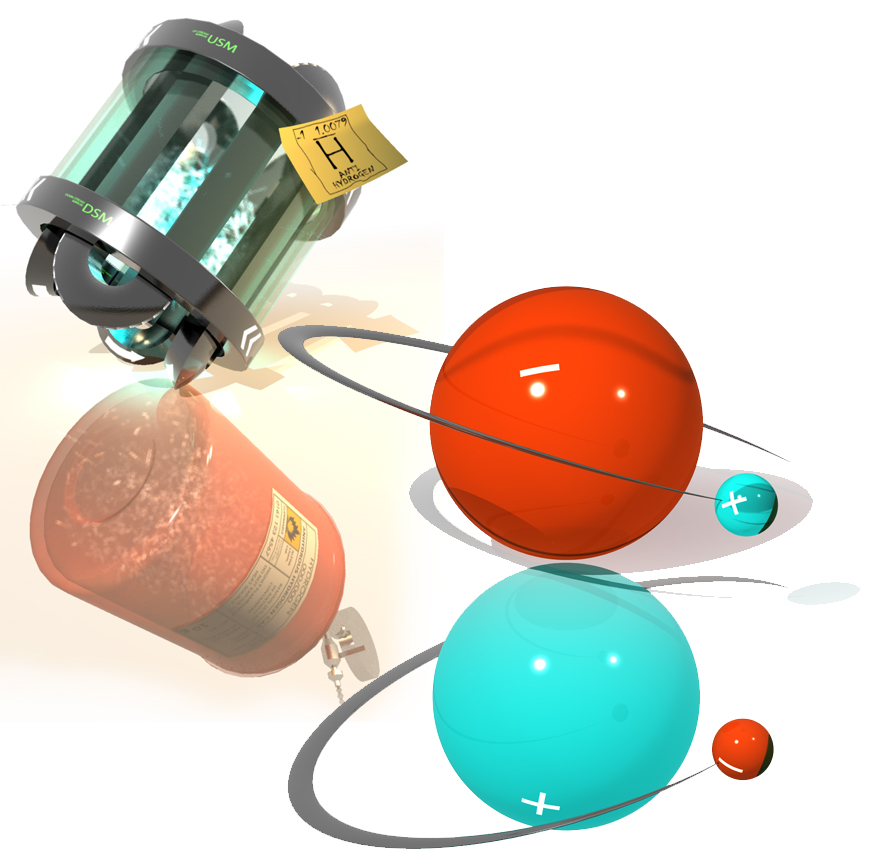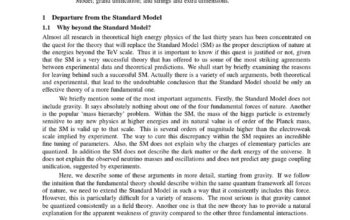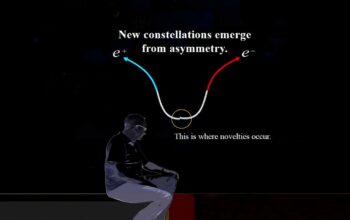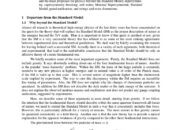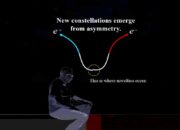The existence of antimatter has long captivated physicists and the public alike, serving as a source of fascination for its counterintuitive properties and implications. Historically relegated to the realm of theoretical physics, the revelation of anti-atoms marks a significant milestone in our understanding of the universe. This paper endeavors to elucidate the significance of the first spectroscopic measurement of an anti-atom, particularly focusing on the lure of antimatter and its implications across various scientific domains.
Antimatter, defined as a counterpart to conventional matter, possesses properties that are fundamentally opposite to those with which we are familiar. For every particle that comprises our world, there exists an antiparticle, characterized by identical mass but with opposite charge. For instance, the electron has a corresponding positron, which retains the same mass but bears a positive charge. The annihilation of matter and antimatter upon contact produces an immense release of energy, illustrating why antimatter captivates scientific inquiry. The pursuit of antimatter bespeaks a broader quest to unravel the fabric of the cosmos and address foundational questions about its origin.
The first glimpses of an anti-atom—specifically antihydrogen—herald the dawn of new experimental avenues in the field of particle physics. Antihydrogen, which is composed of a positron and an antiproton, constitutes an anti-version of the hydrogen atom, the simplest atomic structure. The capability to create antihydrogen is remarkable in itself, as the production requires meticulous control of energetic parameters and extraordinary precision. The production of antihydrogen encapsulates advances in technology, enabling researchers to entrap such ephemeral atoms long enough to undertake meaningful studies regarding their physical properties.
The spectroscopic measurement of an anti-atom offers profound insights into not only its characteristics but, by comparison, the properties of its matter counterpart. Among the overarching questions that arise is whether the laws governing antimatter are akin to those governing matter. The symmetries inherent in physical laws necessitate examination; specifically, charge-parity-time (CPT) symmetry postulates that matter and antimatter should behave identically under certain transformations. Observations that deviate from this symmetry could herald a paradigm shift in our understanding of fundamental physics.
The allure extends beyond mere curiosity. Understanding antimatter is instrumental in addressing the enigmatic matter-antimatter asymmetry observed in the universe. The current cosmological model indicates a preponderance of matter, with very little antimatter detected, leading to persisting queries about why the universe exists as it does. The study of antihydrogen’s properties—such as its energy levels and decay rates—utilizes precision spectroscopy that could reveal subtle discrepancies between matter and antimatter behavior. These discrepancies might provide clues pertaining to the very genesis of our universe, serving to bridge the divide that currently stratifies theoretical predictions from empirical observations.
Researchers employ sophisticated techniques such as laser spectroscopy to probe the energies associated with the transitions of antihydrogen. When subjected to laser light, the energy states of the anti-atoms may absorb photons just as hydrogen does. Anomalies captured during these transitions could induce a reevaluation of existing theoretical frameworks. Such investigations could further elucidate the existence of forces or particles yet undiscovered, thereby augmenting our theoretical edifice with new dimensions of understanding.
Moreover, the ramifications of antimatter touch on the realms of cosmology and astrophysics. In the cosmic narrative, our understanding of the cosmic microwave background radiation is predicated on the existence of particles that aggregate to form galaxies, stars, and life itself. The comparative absence of antimatter challenges existing models of the universe’s evolution. Antimatter research opens myriad questions concerning the early moments post-Big Bang, when particles and antiparticles were thought to have coexisted. Why, indeed, did they not annihilate each other uniformly, but rather, why did an excess of matter persist?
While the technical prowess required to produce and measure antihydrogen attests to contemporary advancements in experimental physics, it equally underscores the collaborative vigor propelling this field forward. Numerous collaborations among global research institutions embody the quintessential interdisciplinary spirit of modern science, wherein physicists, engineers, and theorists consummately work in unison. The endeavor to uncover the secrets harbored within antimatter stresses the necessity for collective ingenuity, as researchers confront hurdles that combine quantum mechanics, relativity, and atomic theory.
In summary, the first spectroscopic measurement of an anti-atom embodies both a pivotal achievement in experimental physics and a potential gateway to unraveling deeper cosmic mysteries. The quest to comprehend antimatter is steeped in rich inquiry, revealing fundamental truths about the universe’s architecture and the very nature of existence. As researchers delve into the captivating world of antimatter, they not only challenge existing paradigms but also ignite public imagination, evoking a sense of wonder regarding the deeply intertwined destiny of matter and antimatter. The duality reflects human curiosity’s insatiable drive, thereby fostering exploration beyond the confines of current knowledge and propelling humanity closer to understanding the enigmatic cosmos in which we reside.
